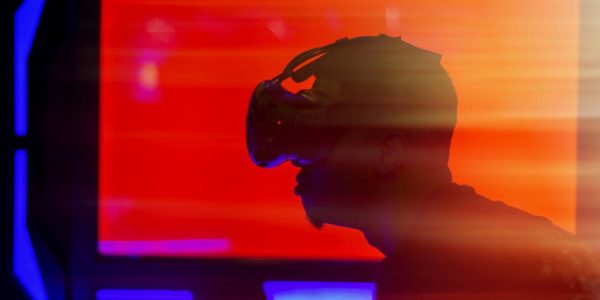Working in the metaverse is becoming a hot topic. Manufacturers are increasingly looking at virtual reality as an option for training and remote assistance. Being able to use virtual workspaces for safety training or to guide onsite workers through repairs has plenty of appeal, especially right now with a serious and growing labor shortage.
The benefits
Apart from the obvious benefits — safety training in a realistic yet physically safe situation, for example, or the ability for an expert in one place to provide repair guidance to people in multiple other places — virtual work has some other advantages.
The real environment, with its distractions and discomforts, is no longer an issue. Products can be designed and tested in virtual reality for greater efficiency and lower cost. Privacy can be assured even in an open workspace, reducing opportunities for industrial espionage or sabotage.
At this point, fully one third of American manufacturers are using VR or considering doing so.
Not so fast
A recent experiment suggests some reasons to back that up a bit.
Researchers asked subjects to spend five full workdays (one work week) working in a virtual workspace. They had a 45 minute lunch break, but otherwise conducted their normal work tasks in virtual workspaces. Their experiences were compared with a full week of work in a physical workspace.
Two of the subjects dropped out on the first day because of nausea. Nausea is a common side effect of using VR technology.
For the rest, the virtual reality experience reduced their productivity, hurt their eyes, and generally made them less happy. They experienced nausea, visual fatigue, and anxiety. Predictably enough, their overall wellbeing was lower when they used VR technology.
The future
Could the technology improve in the future? Would workers become more accustomed to the virtual workspace and experience fewer negative reactions? Both these things are possible.
However, VR sickness, which is often described as similar to motion sickness, is a well-known phenomenon. Studies have found that it is common in users of popular VR products in controlled settings. The workweek research may just have confirmed that using VR systems for long periods of time is more likely to bring on the already recognized symptoms. Limited use of VR may be a wiser option.
For the moment, working in the met averse may not be all it’s cracked up to be.



